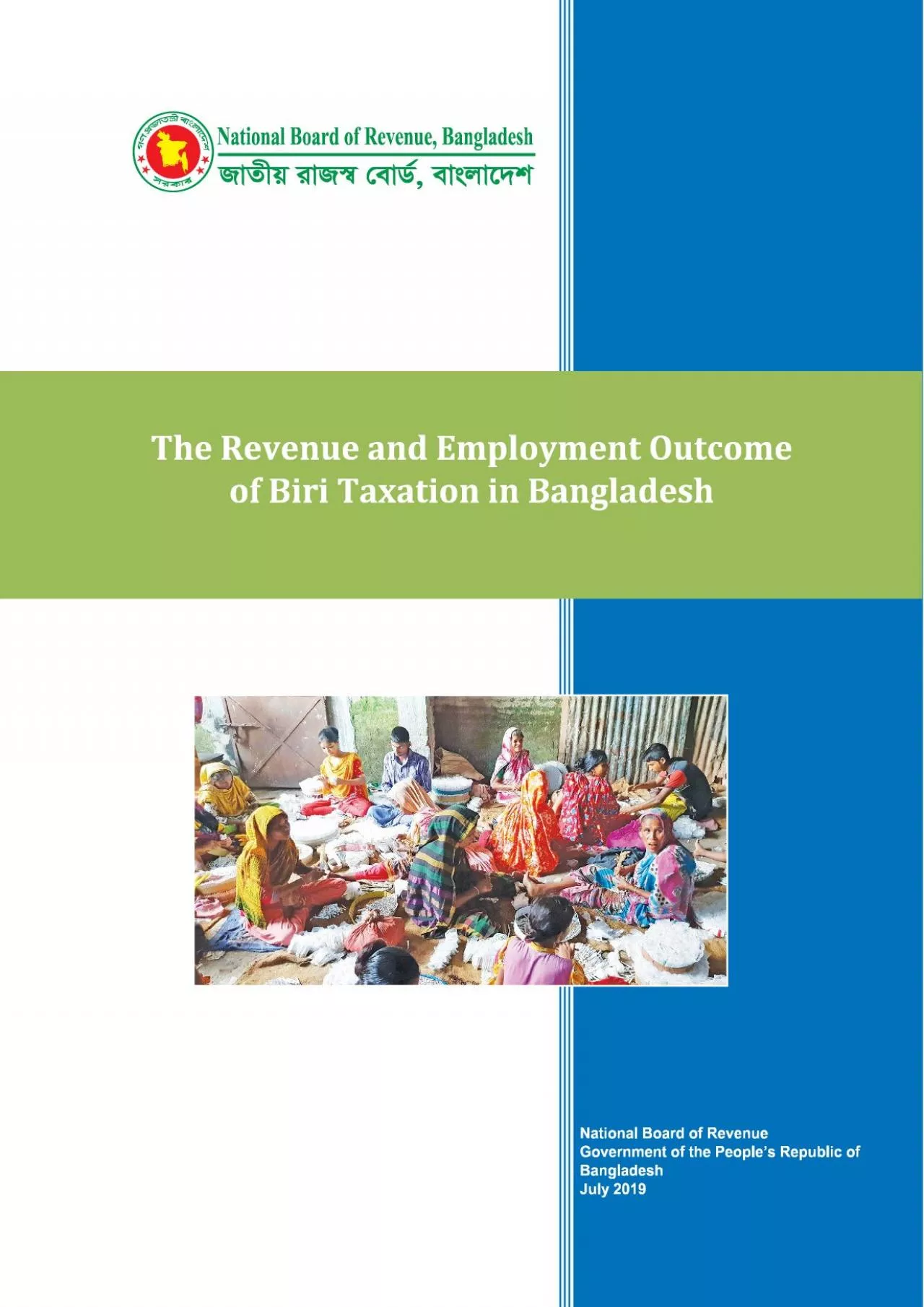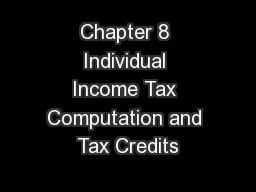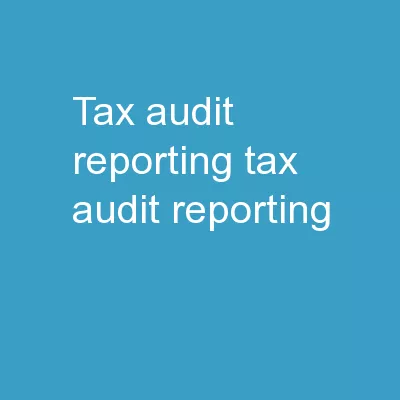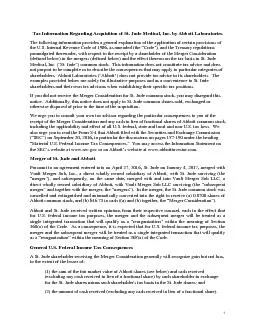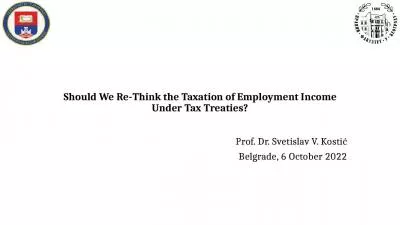PDF-There are concerns regarding loss of employment if tax is increased on
Author : samantha | Published Date : 2020-11-23
credible data on the size of employment in the biri sector and estimation of the impact of tax increases on employment in and revenue from the biri sector has not
Presentation Embed Code
Download Presentation
Download Presentation The PPT/PDF document "There are concerns regarding loss of emp..." is the property of its rightful owner. Permission is granted to download and print the materials on this website for personal, non-commercial use only, and to display it on your personal computer provided you do not modify the materials and that you retain all copyright notices contained in the materials. By downloading content from our website, you accept the terms of this agreement.
There are concerns regarding loss of employment if tax is increased on: Transcript
Download Rules Of Document
"There are concerns regarding loss of employment if tax is increased on"The content belongs to its owner. You may download and print it for personal use, without modification, and keep all copyright notices. By downloading, you agree to these terms.
Related Documents

